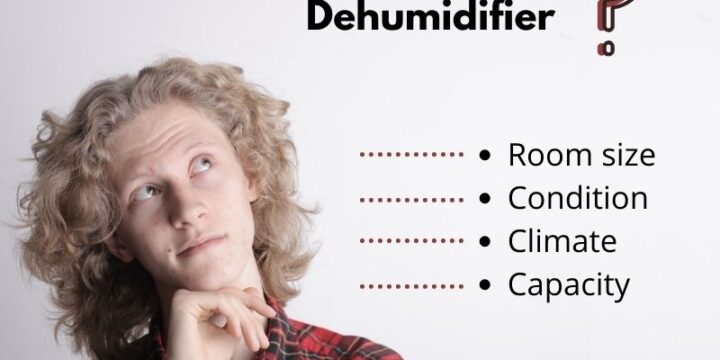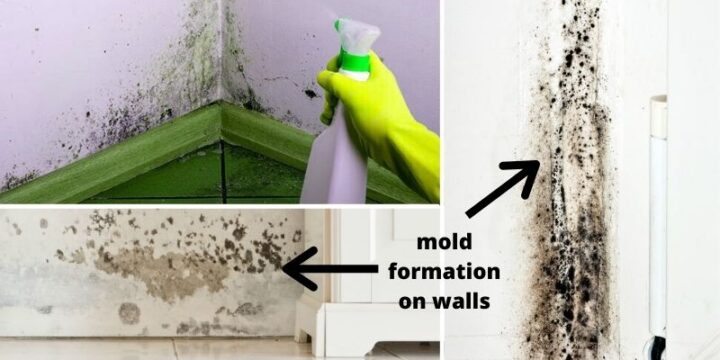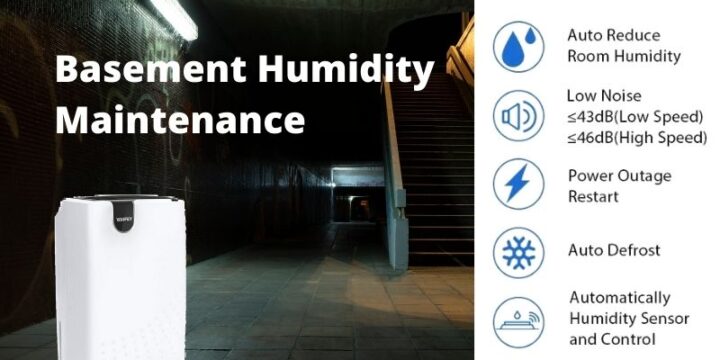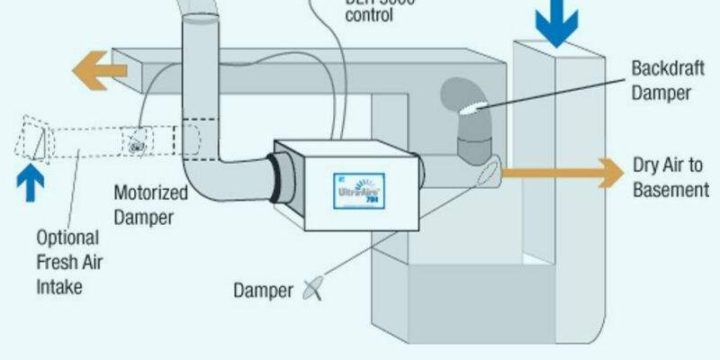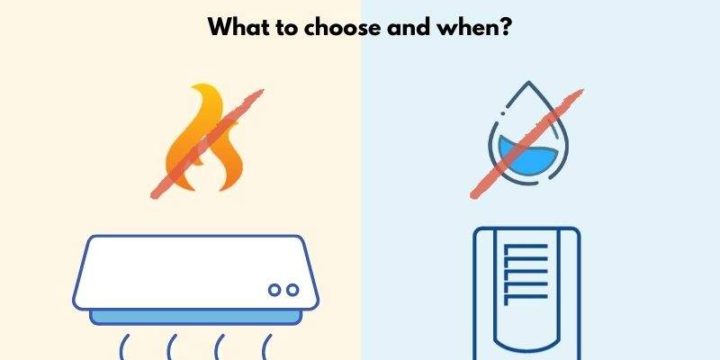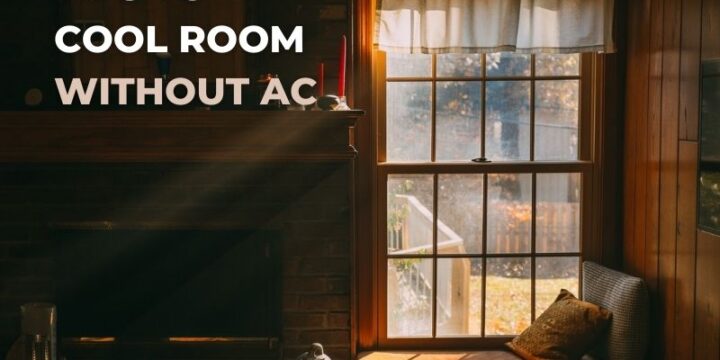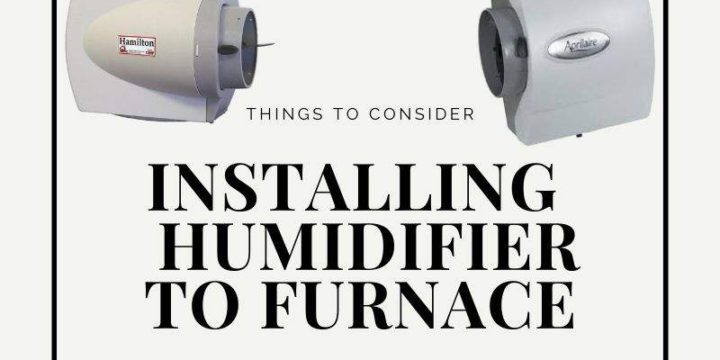
How to Install a Humidifier to Your Furnace
Dry winter air wreaks havoc on the skin and respiratory system. While heating systems do a satisfactory job of warming the air, they also reduce the level of humidity in the air drastically, which can lead to aggravated respiratory ailments, allergies, asthma flare-ups, dry scaly skin, etc. Wood floors and indoor furniture pieces may lose moisture and contract, leading to unsightly cracks, warps, and separations. Moreover, static electricity can flourish, causing unexpected and painful shocks as well as potential damage to electronic equipment. Why Do You Need a Humidifier? Humidifiers are typically used in colder months to combat dry air and it can also play a key role in alleviating symptoms of a variety of health conditions and improving indoor comfort. Humidifiers are also helpful if you are living in…
